Chromosome Lab

Crossing Over and Linkage Mapping

When cells go through metaphase I in meiosis, the homologous chromosomes line up together forming a tetrad.

Points of connection are called chiasma
(plural = chiasmata)
It is not clear whether the chromosomes connect and then break, exchanging arms with each other, or if the breakage occurs first resulting in the chiasma.
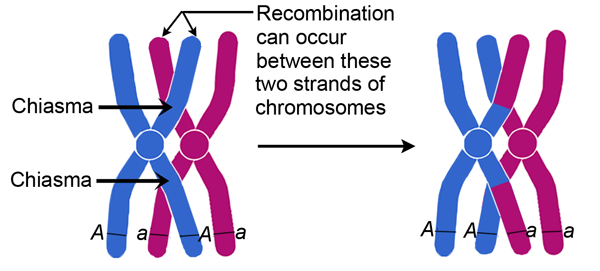
This close association between chromosomes can result in breakage and reformation known as crossing over.
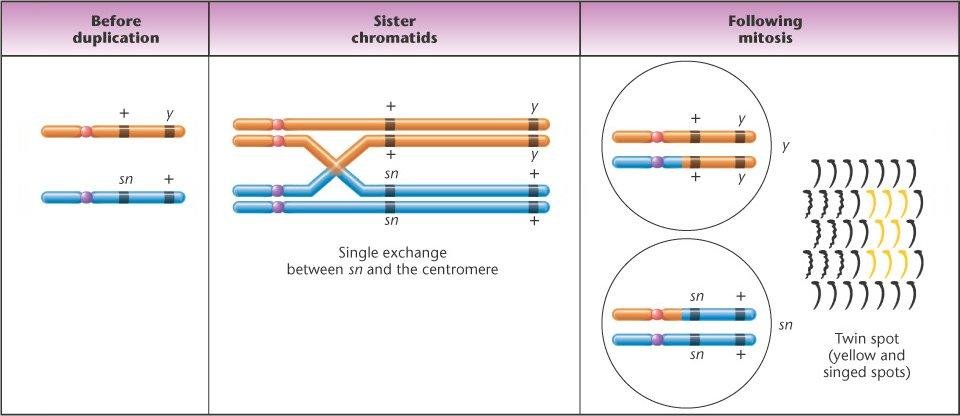
Not only does this allow for new combinations of genetic material, but it also gives us a method for mapping the genes!

All of the traits used in step 3 of your lab were on the X chromosome. This means we should not see any different phenotypes in the offspring than what we had in the parents - unless crossing over occurs.
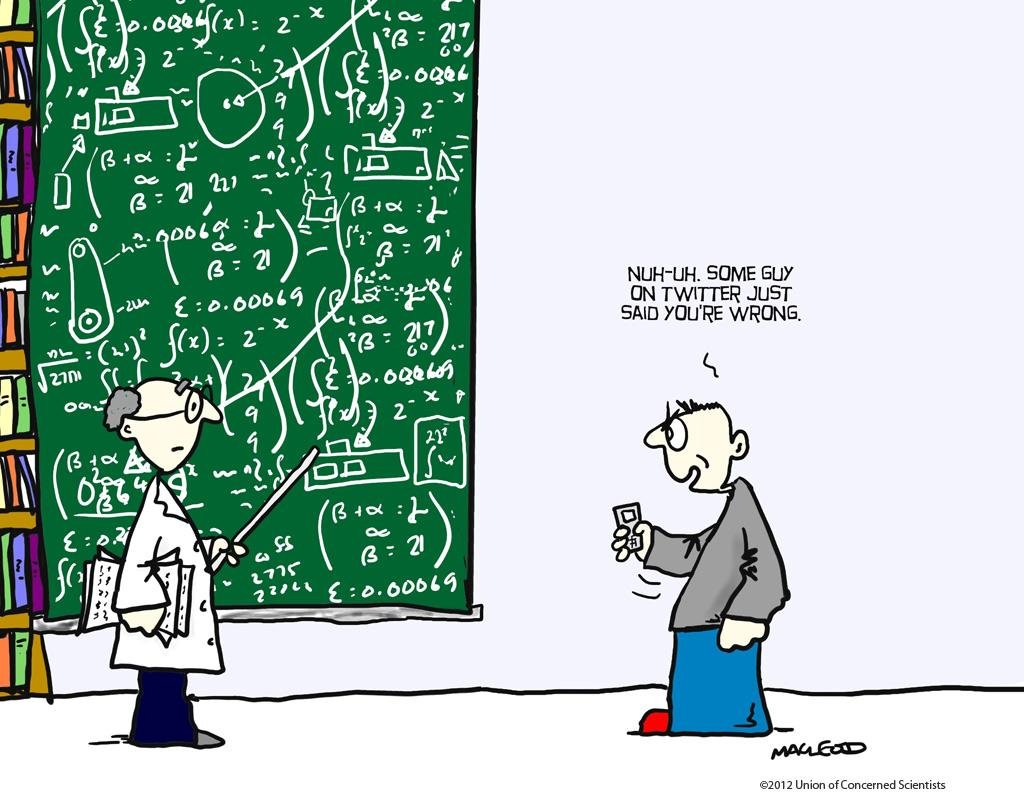
Genes that are farther away from each other will have a higher probability of crossing over.
All genes on the X chromosome are "linked", meaning they will not show independent assortment from each other.

So if there are more chances for crossing over between 2 distant genes, we should see a larger amount of recombinants for those genes.

But Mr B, how do we do this cool mapping thing?

The first thing to do is reduce your data. We used the X chromosome for a reason. Males will only have one copy of the X chromosome, so all phenotypes will be the result of only one X.
In the F2 or third generation (second cross babies), cross off data for all females.
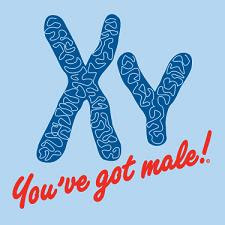
Next, find all the parental phenotypes (all flies showing same phenotype as mom or dad). There should be 2 groups, and they should be the largest groups.

Now you want to look for the group with the smallest numbers that is NOT like the parents.
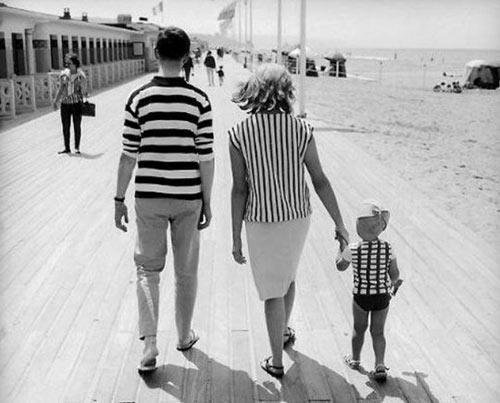
Write these down as the double crossovers. (DCO)
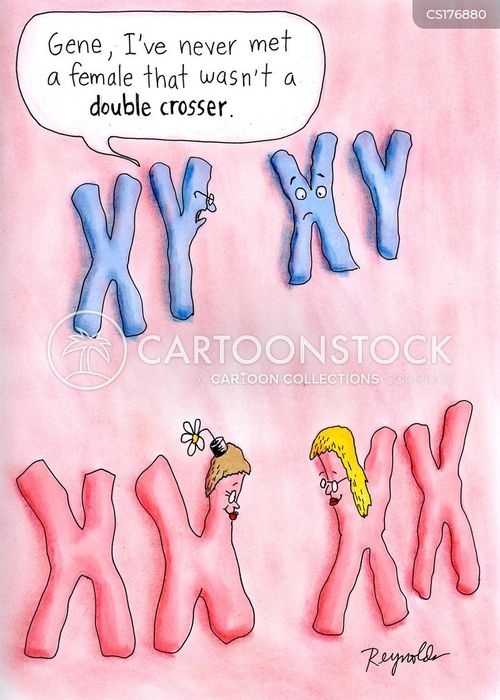
Look at the gene that did not change in your double crossover. That gene will be between the other 2 on your map.
The percentage of recombination between 2 genes represents the map distance between them. 1% recombination = 1 map unit.
All of the other groups will be single crossovers. Write them down as SCO.
We are now ready to apply a formula to pairs of adjoining genes.
Map distance between 2 genes =
% SCO + % DCO *100/Total Offspring
Lets try this with some numbers
Crossing Over and Linkage Mapping
By sbrady1
Crossing Over and Linkage Mapping
- 4,685


